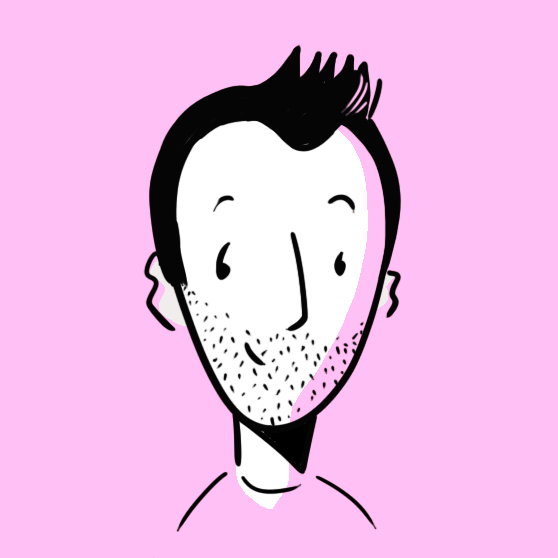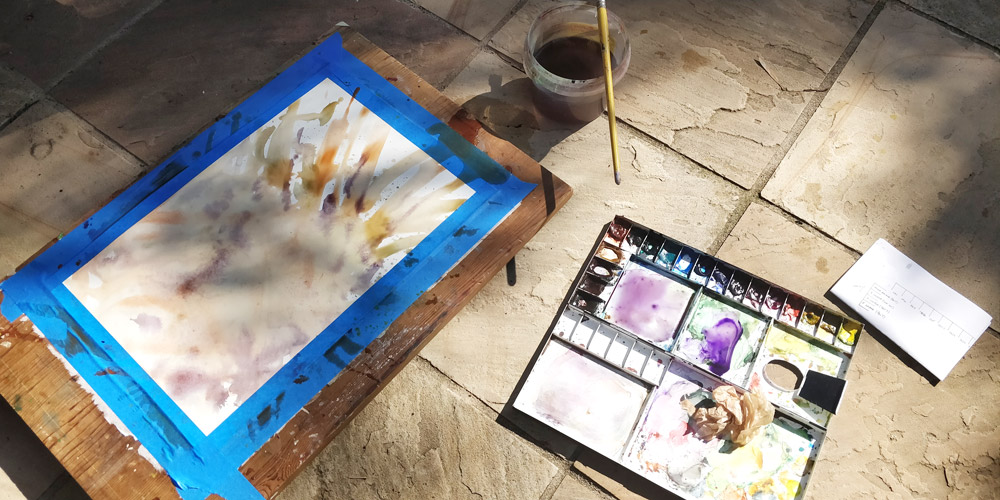When I was a kid, I was bored. A lot. “Bored?!” My parents would say in horror. “How can you be bored?!” They’d reel off a list of all the options available to me, “Read a book, play with your brother, mow the lawn, take the dog for a walk, empty the dishwasher, draw something…” and so on. When we’re bored, the instinct is to assume that the one who is bored simply can’t think of the things to do.
No one teaches us what to do with boredom. We think it has to do with the list of things that we just can’t think of, but it’s more than that. Having the list isn’t the problem, it’s understanding how to pick off the list. The purpose of each possibility is the difficult thing.
If only someone would pay us to enjoy ourselves
Giving ourselves purpose is difficult, not only because we’ve not been taught to do it, but it requires us to truly believe that we’ve made the right choice for how we’re spending our precious ‘free-time’.
Whether it’s school, or work, the purpose is clear. If I don’t do schoolwork, I’ll get in trouble or fail. If I don’t work, I won’t get money to live. Easy. But, when we’re using our time for leisure, and payment is off the table, the choice for how to spend it can be overwhelming.
Should I read? Go for a walk? Plant or nurture a garden? Bake bread? Watch a movie? The choices are endless, but so too are the ways in which we’ll benefit. I love a good story, so reading or watching a movie has value. Exercise is important, so walking is good, too. Gardening helps my mind relax, and baking bread will give me food for days, not to mention make the house smell delicious.
Each and every leisure activity on ‘the list’ has different domains of value. None of them are the easy choice – money – that trumps them all.
The search for intrinsic value
Finding intrinsic value in any activity is hard. In fact, it’s so difficult that the easy way out is to try and fill our minds and time with any sort of distraction we can. Right now, the bite-sized pieces of social media interaction happen to be perfect for it. It means we can distract ourselves from ourselves.
Schools have trained us well. As a society, we value economics far more than any sort of immeasurable value we get when we do anything for ourselves. The sort of activities I mean are the ones that can be measured, objectively, by science. For example, exercise is easier to prioritise because we can measure it’s effect on our organs. Writing a novel or practicing meditation, less so. The activities that breed peace or contentment for some of us within our deepest selves are seen as a more ineffective use of time compared with creating measurable value in some way.
Intrinsic value is hard because we’re complex beings. We enjoy many different activities for many different reasons. Yes, that makes it hard to choose from ‘the list’, but it’s also something to be celebrated; that we can find so much richness and joy in so many different ways.
It begins with understanding ourselves
Before we can begin to prioritise the things in ‘the list’, we need to get to know ourselves – the things that truly bring us joy, peace, excitement, and sorrow. Once we know this, we can begin to use what’s on ‘the list’ in a way that gives us the most value for ourselves. There is no playbook. We can’t fall back on science or economics. No one can offer an ‘if-then-else’ decision tree for another’s intrinsic value because every single person is different.
For me, I know that when I’m feeling frazzled, like I have too much on, or ‘too many threads to keep-a-hold-of’ as I like to say, then meditation is the thing I pick out of the list. When it’s sunny and warm, the garden is the place I love to be. When I’m feeling joyous and energetic, taking to a canvas with paint gives me the most ‘bang-for-buck.’ What’s the bang? It’s difficult to define. I’m not measuring my heart rate, or calories, or bank balance when I’m doing this thing for myself. I could try, there’s probably an app for that, but sometimes living in the uncertainty is also part of the purpose.
No one will pay me to prune my garden, or meditate, or sling paint at a canvas, but being paid isn’t the point. It’s just a really nice way to spend the finite amount of time I have here on Earth, and I kind of don’t care if no one else can understand it. I’m definitely not bored.

